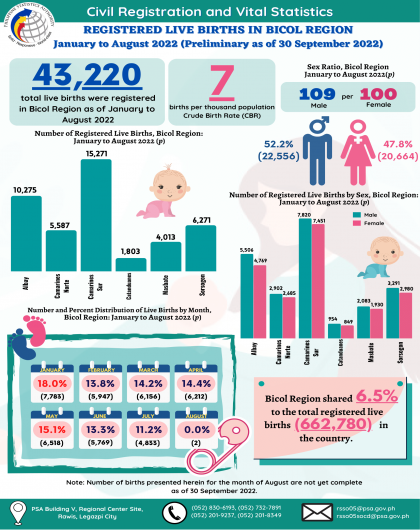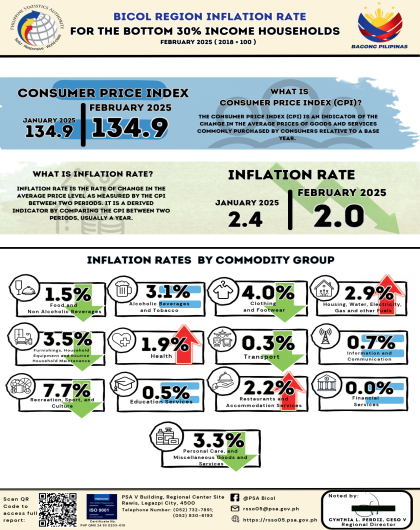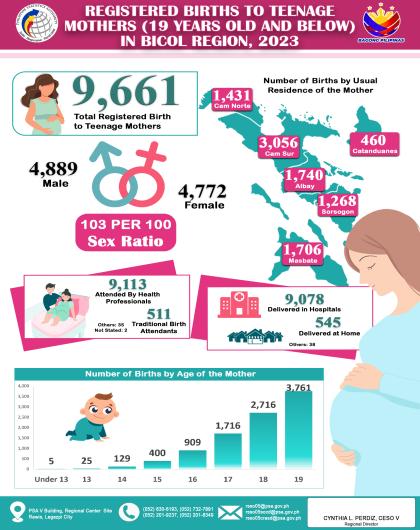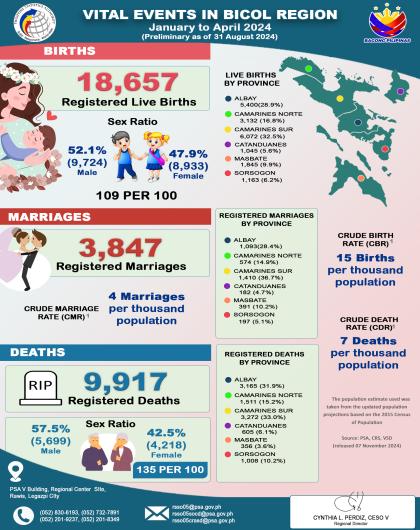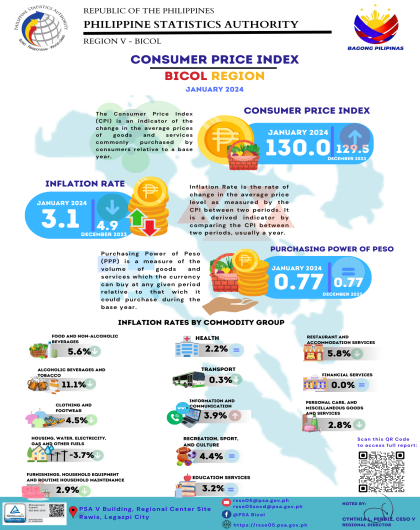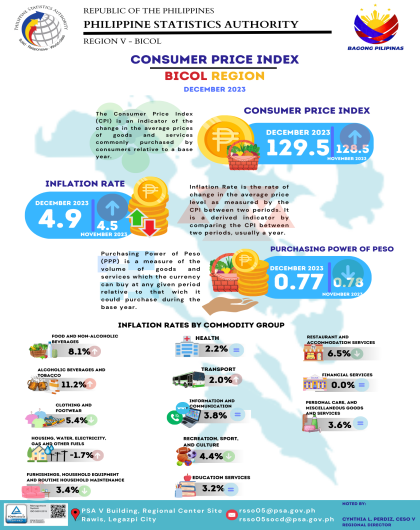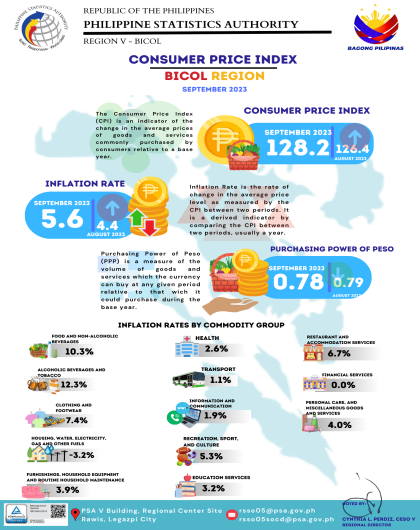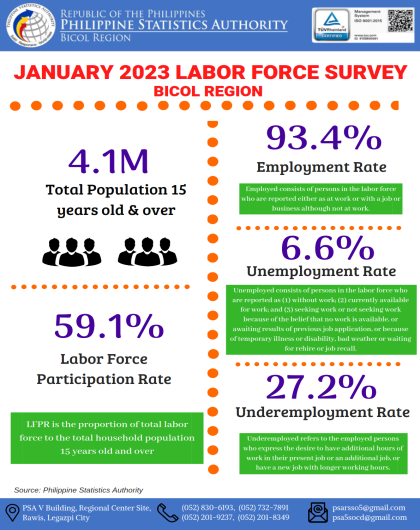This Press Release presents the preliminary estimates of the 2021 poverty statistics for 9 of the 14 basic sectors identified in Republic Act No. 8425 or the Social Reform and Poverty Alleviation Act. It also includes poverty statistics for individuals residing in rural areas, and self-employed and unpaid family workers, which is used as proxy indicator for workers in the informal sector.

Children, farmers, and individuals residing in rural areas remained the poorest sectors in terms of poverty incidence in 2021 (Figure 1). These sectors had the highest proportion of individuals belonging to families with income below the official poverty thresholds compared to the other basic sectors. The poverty incidences of these basic sectors in 2021 were as follows:
a) Children, 39.9 percent;
b) Farmers, 34.6 percent; and
c) Individuals residing in rural areas, 32.3 percent.
These sectors also registered the highest poverty incidences in 2015 and 2018. Meanwhile, individuals residing in urban areas (22.2%), migrant and formal sector workers (19.5%), and senior citizens (16.7%) had the lowest poverty incidences among the basic sectors in 2021. In 2018, these sectors recorded lower poverty incidences of 16.8 percent, 19.5 percent, and 14.9 percent, respectively. Comparing 2018 and 2021, significant increases in the poverty incidence were recorded in most of the basic sectors with individuals residing in urban areas having the largest increase of 5.4 percentage points. This was followed by children (4.4 percentage points), women (4.1 percentage points}, and self-employed and unpaid family workers (3.7 percentage points). On the other hand, the only basic sector which indicated improvement from 2018 to 2021 was fisherfolks with a significant reduction in its poverty incidence of -0.9 percentage point.

In terms of magnitude of poor population, the top three basic sectors with the highest number of poor population in 2021 were the following:
a) Individuals residing in rural areas (1.55 million);
b) Children (1.00 million); and
c) Women (923 thousand).
On the other hand, the top three basic sectors with the least number of poor population in 2021 were as follows:
a) Persons aged 15 years and above with disability (29 thousand);
b) Fisherfolks (32 thousand); and
c) Senior citizens (90 thousand).
Notes:
1/ Poverty is a characteristic of the family. The total family income is divided by the family size to get the per capita income and this is compared with the poverty threshold to determine if the family is poor or not. Thus, if a
family has been classified as poor, then all members of the family will be counted as poor. In other words, a family cannot have poor and non-poor members; either all members are poor or all members are non-poor. To illustrate, if a family has three members, one fisherman, one government employee and one kid. Their total family income will be divided by three and this will be compared to the poverty threshold. If it is below the poverty threshold, the family is considered as poor. Hence, all members are poor.

